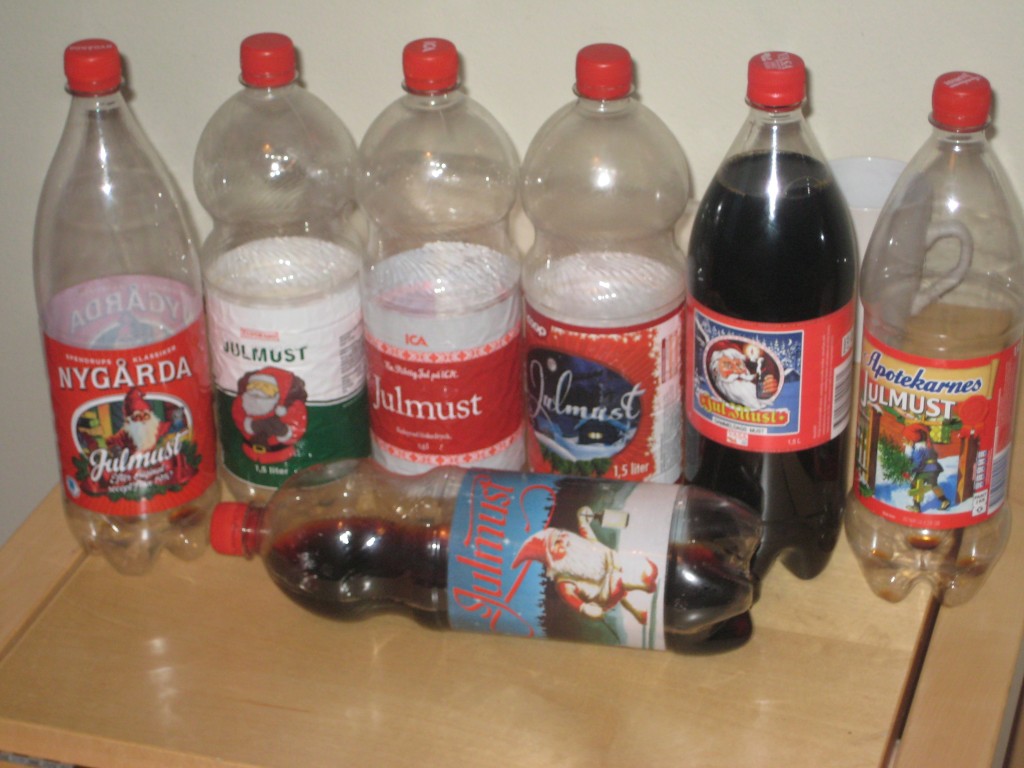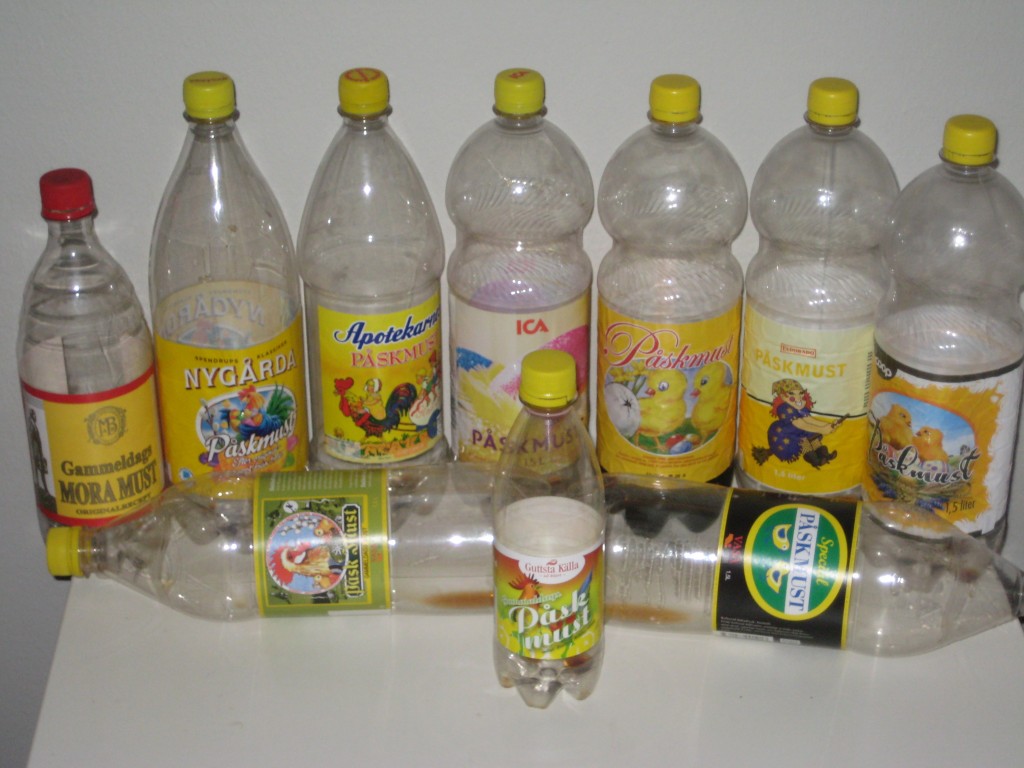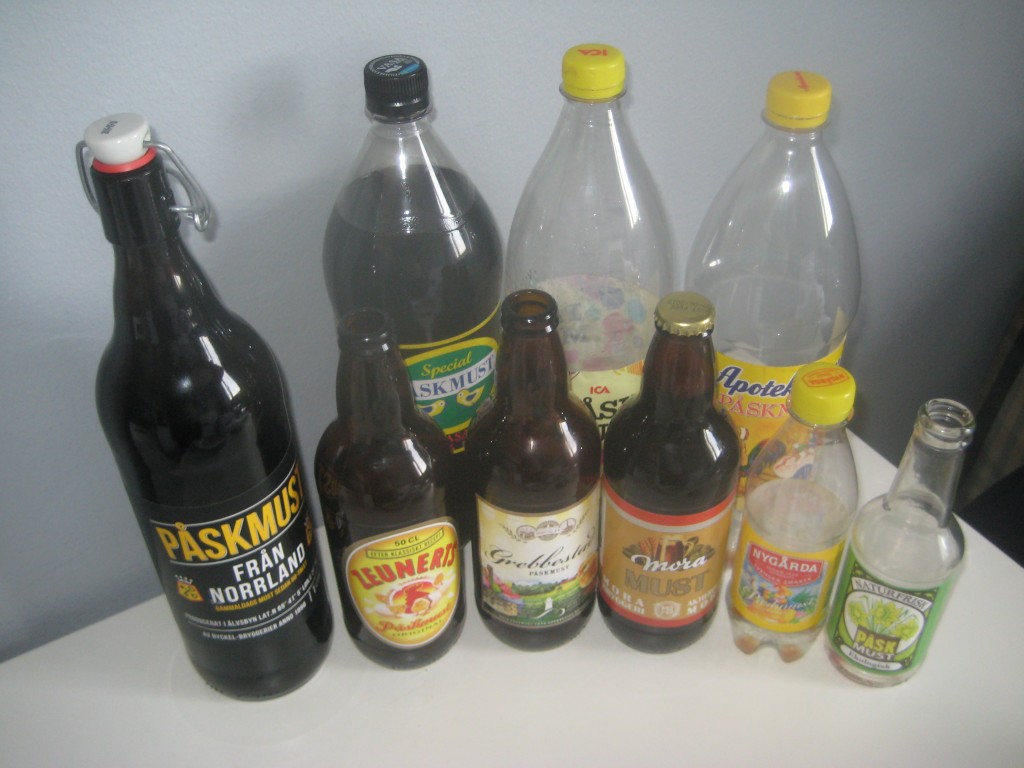Structures and functions
The problem with structures in libav* is that they are quite often contain a lot of useless information and easily break ABI when someone needs to add yet another crucial field like grandmother’s birthday. My idea to solve some of those problems was adding side data — something that is passed along the main data (e.g. packet) and decoders don’t have to care about it. It would be even better to make it more generic, so you don’t have to care about enums for that either. For instance, most of the codecs don’t have to care about broadcast grade metadata (but some containers and codecs like ATSC A/52 provide a lot of it) or stupid DVD shit (pan&scan anyone?). So if demuxer or decoder wants to provide it — fine, just don’t clutter existing structures with it, add it to metadata and if consumer (encoder/muxer/application) cares it can check whether such non-standard information is present and use it. That’s the general approach I want to have quite similar to FCC certification rule: producers (any code that outputs data) can have any kind of additional data but consumers (code that takes that data for input) do not have to care about it and can ignore it freely. It’s easy to add options marked as essential (like PNG chunks — they are self-marked that you can distinguish chunks that can be ignored from those that should be handled in any case) to ensure that this option won’t be ignored and input handler can error out on not understanding it.
As for proper function calls — Luca has described it quite well here (pity noone reads his blog).


